Survival Myths That May Be Deadly
Every outdoor adventurer has or at least should have a good, basic set of survival skills in case of an emergency situation. After all, snake bites, dehydration, exposure to the elements, and wildlife attacks are real risks if you spend time in the great outdoors or find yourself lost or stranded. It may surprise you to learn, though, that many of the long-standing myths and tips for surviving in the wild are actually dangerous, even potentially deadly!
With the help of survival experts, we’re dispelling 14 survival myths that could do you much more harm than good in a survival situation.
Find Food ASAP!
Contrary to popular belief, spending precious energy and taking risks to find food is not a high priority in a survival situation. So before you start eating worms and potentially poisonous berries, or rigging a makeshift spear to hunt with, consider that the human body can survive for weeks on its own fat stores, as long as you have water to drink.
In fact it is extremely rare for someone to die of starvation in a survival situation. Injury, illness, poisoning, and exposure are much more likely to result in death. Conserving energy, avoiding injury, and sourcing a supply of water are much more important than finding food.
Find Water To Survive In A Desert
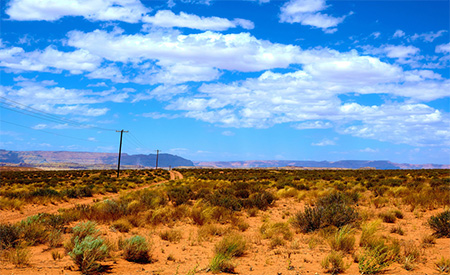
There are documented cases of hikers who have died within four hours in the desert by straining their bodies and seeking water during the heat of the day. On the other hand, there have been many cases of desert survivors who went without water for up to 48 hours by holing up in the shade and controlling sweat loss. Realistically, it is finding ways to keep cool that will keep you alive. During the heat of day, sit on the shady side of a large boulder.
Keep your body covered to avoid losing sweat and stay off the heat of the ground by sitting atop a pack or pile of debris. If you may be stranded for a while, only venture out to seek water during the cooler hours of morning or evening.
Drink Urine To Survive In A Desert
It seems logical to recycle your urine in the desert when no water is available, but it is actually very dangerous to do in that situation. The reason being, when your body is on the verge of heat exhaustion or heat stroke, the last thing you should do is ingest a hot liquid.
The extra work required by your kidneys impairs your body’s ability to regulate temperature. In a desert setting, our experts say the only practical use for your urine is to pee on a bandana and wear it for the evaporative cooling effect.
Drink Water From A Cactus
Movies may make it seem like a barrel cactus is a great source of clean water in the desert, but in fact, the liquid inside most cacti is noxious and very high in alkalis. The result of drinking from a cactus isn’t likely to be refreshment or re hydration, but rather sickness, vomiting, and increased risk of heat stroke and death. The only variety of barrel cactus that produces non-toxic water is the fishhook barrel.
Boiled Water Is Always Safe To Drink
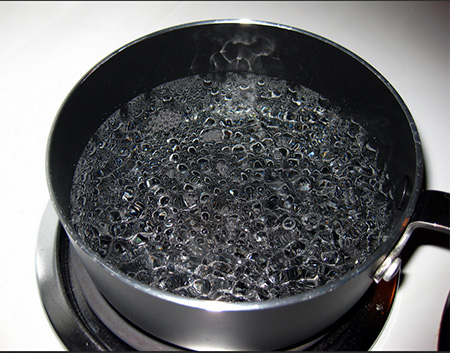
In reality, you still need to be mindful of where your water comes from. Boiling water will kill off organisms and germs, but will not remove harmful particulates from the water. No amount of boiling will make chemically contaminated water safe to drink, for instance, and if you boil dirty or unfiltered water, you will end up drinking the dirt particles.
To filter dirty water in a survival situation, you can pour it through a clean towel or shirt, allow it to stand until any remaining sediment sinks to the bottom, then simply pour the clean water from the top of the container to boil.
Eat Lots Of Snow To Re hydrate
In a cold-weather survival situation, some people think eating snow will help keep them hydrated. In fact, if you’re already freezing, eating snow can be deadly by further decreasing your internal body temperature and increasing the effects of hypothermia. If you are in a survival situation and in need of water, experts recommend melting and warming it prior to ingestion.
Start A Fire With A Couple Of Sticks
Modern preparation, not caveman skill is key to starting a fire in the wild. Even under ideal conditions, friction fires are challenging and not reliable for most people. Instead, experts say be prepared with at least three different fire starting devices, namely a lighter, waterproof matches, and a spark rod.
Suck Venom From Snake Bites
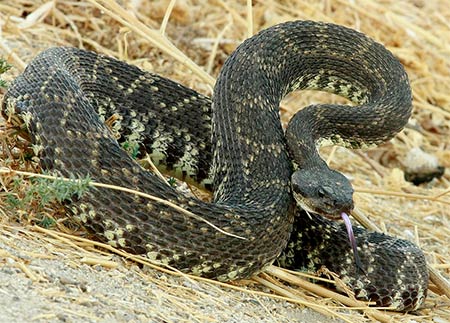
Research has proven that you do more damage to the surrounding tissue of a snakebite by applying suction than if you leave the extremity alone. In fact, experts say don’t apply ice, a tourniquet, a wrap, or attempt the “Hollywood cut and suck.” In reality, the best and only remedy for a snakebite is medical attention.
Wash the bite site, cover with a bandage, and get the victim to a hospital. To put the danger in perspective, of the approximately 6,500 rattlesnake bites in North America each year, there are only 5 or 6 fatalities. Furthermore, 30% of rattlesnake bites are dry, so there is chance there is no poison present to suck out anyway.
Outrun A Bear
WRONG! Not even a track superstar could outrun a bear, let alone on uneven terrain. Our experts say the proper way to react to a bear is dependent on the species of bear. If, for example, you meet up with a black bear, you should hold your ground and make yourself look big by opening your coat and raising your arms above your head. Vocally, shout and scream, and the bear, which is probably as scared as you, will take off.
With a grizzly bear on the other hand, you should avoid eye contact which a bear will perceive as a challenge. If the bear is not approaching, back away slowly. If the bear charges, stand your ground and be ready to use pepper spray if you have some on you. If the bear makes physical contact, your best bet for survival is to cover your vitals and play dead.
Punch An Attacking Shark In The Nose
Actually, you have a much better chance of deterring an attack by going for the eyes or gills. While it is true that sharks can be stunned by a good punch to the nose, not many people are strong enough to accomplish it, particularly underwater.
Furthermore, trying to punch a shark in the nose can lead to major injury to your hand from the shark’s teeth. Experts say the best way to scare a shark away is to scratch at its eyes or gills, as trying to overpower an attacking shark is impossible.
Survival Precautions Are Only Necessary On Big Trips
The fact is, even a short hike can become a dire survival situation if the weather changes or you get lost or injured. It’s always recommended to take a few key items with you for any outdoor adventure such as snacks, water, a map, a flashlight, and a first aid kit. It is also recommended to let someone know where you are going and when you plan to be back.
In An Emergency, You Can Always Be Airlifted To A Hospital
It’s a popular myth among hikers that in an emergency, helicopter rescue will be available. In fact, in parts of South America, air rescue is not an option. Furthermore, in certain areas and weather conditions, there are lots of areas where helicopters can’t reach you, even if they are available. The best advice is to not rely on air rescue, but rather be educated, properly prepared, and not alone if going on an outdoor adventure.
Build A Shelter With A Roof
Actually, according to our experts, it’s better to have a bed and no roof than a roof and no bed. An inexperienced person can easily spend 10 hours and lots of energy on building a roof only to end up freezing to death on the cold ground. The smarter tactic is to spend your time building a bed to insulate you from the ground and only get to a roof if you have time.
Primal Survival Skills Are Key In An Emergency
That’s the fantasy, you’re going to get lost in the woods or run out of gas on a desert road and be forced to become a caveman, building fire from sticks and hunting for food. Realistically, modern survival is as simple as taking actions to stay alive until you can get help or be rescued.
It is a lack of preparation and bad decision making that tends to put people in bad situations. Proper education, planning, and being prepared for weather and situation changes will keep you from ever being in a dire situation to begin with.
 Home and Gardening Ideas At home and Gardening ideas we believe inspiring readers about homesteading, self sufficiency
Home and Gardening Ideas At home and Gardening ideas we believe inspiring readers about homesteading, self sufficiency


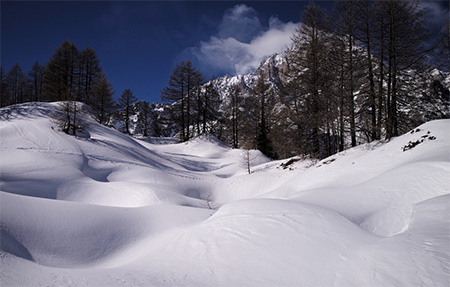

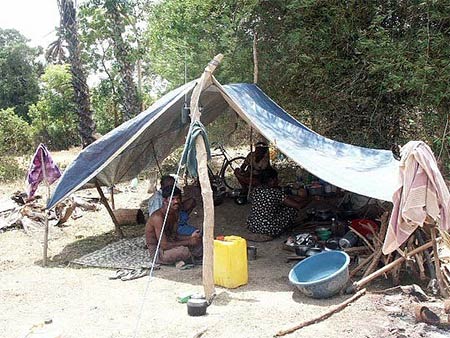






Even if some of these are partially true, they are absolute last resorts in many cases. Many situations that seem like life or death to the inexperienced are not so in the eyes of experts…or the law. For instance:
WATER FROM CACTUS: Bear in mind that Barrel Cacti are protected species, so you could face large fines for cutting them open: you would need pretty strong evidence of a life-or-death situation to present in court to get out of this
HELICOPTER RESCUE: Even in places where these are possible, they are very expensive: tens of thousands of dollars at minimum. Rescue workers are more likely to patch you up, re-hydrate you, or guide you so you can get out by other means.
Hi Jon, the article is ‘Survival MYTHS’
🙂
There is some good advice here. A picture of the referenced ‘Fishhook Cactus’ would have been nice..Is it protected, too?